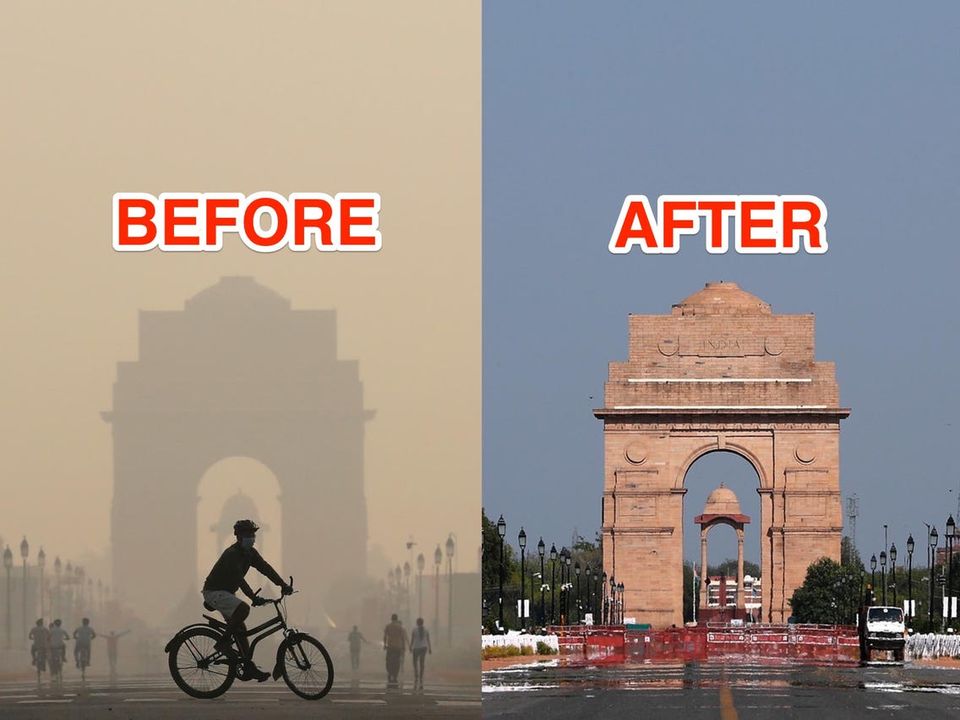
#LOCKDOWN 2020 USA PLUS#
This index builds on the Government Stringency Index, using its nine indicators plus testing policy, the extent of contact tracing, requirements to wear face coverings, and policies around vaccine rollout. The OxCGRT project also calculate a Containment and Health Index, a composite measure of thirteen of the response metrics. A higher score does not necessarily mean that a country’s response is ‘better’ than others lower on the index. It does not measure or imply the appropriateness or effectiveness of a country’s response. It’s important to note that this index simply records the strictness of government policies. Since government policies may differ by vaccination status, a stringency index is calculated for three categories: those who are vaccinated those who are non-vaccinated and a national average which is weighted based on the share of people that are vaccinated. If policies vary at the subnational level, the index is shown as the response level of the strictest sub-region.
#LOCKDOWN 2020 USA FULL#
See the authors’ full description of how this index is calculated.Ī higher score indicates a stricter government response (i.e. The index on any given day is calculated as the mean score of the nine metrics, each taking a value between 0 and 100. You can explore changes in these individual metrics across the world in the sections which follow in this article.

The nine metrics used to calculate the Government Stringency Index are: school closures workplace closures cancellation of public events restrictions on public gatherings closures of public transport stay-at-home requirements public information campaigns restrictions on internal movements and international travel controls. The OxCGRT project calculate a Government Stringency Index, a composite measure of nine of the response metrics. See the tracker’s notes and guidance on data quality. OxCGRT is an ongoing collation project of live data. If you see any inaccuracies in the underlying data, or for specific feedback on the analysis or another aspect of the project please contact OxCGRT team. These charts are regularly updated based on the latest version of the response tracker. The data presented here is taken directly from the OxCGRT project Our World in Data do not track policy responses ourselves, and do not make additions to the tracker dataset. Further details on how these metrics are measured and collected is available in the project’s working paper. OxCGRT collects publicly available information on 17 indicators of government responses, spanning containment and closure policies (such as such as school closures and restrictions in movement) economic policies and health system policies (such as testing regimes). The tracker presents data collected from public sources by a team of over one hundred Oxford University students and staff from every part of the world. This resource is published by researchers at the Blavatnik School of Government at the University of Oxford: Thomas Hale, Anna Petherik, Beatriz Kira, Noam Angrist, Toby Phillips and Samuel Webster. The research we provide on policy responses is sourced from the Oxford Coronavirus Government Response Tracker (OxCGRT).

In this article, we present data and research from the Coronavirus Government Response Tracker (OxCGRT), published and managed by researchers at the Blavatnik School of Government at the University of Oxford.

To understand which policies might be effective in controlling the outbreak – especially as countries move towards easing restrictions – it’s essential that we have a good dataset on the timing and stringency of responses across the world. Differences in governmental policy responses may explain some differences. There are many reasons why some countries might have been worse-hit than others. The Oxford COVID-19 Government Response Tracker (OxCGRT) plans to stop updating its global database on policy responses to COVID-19 at the end of 2022ĬOVID-19 is a disease that has affected most, if not all, countries in the world.īut, the magnitude of these impacts has varied a lot between countries – some have been very successful in limiting the spread of the disease, and in preventing deaths.


 0 kommentar(er)
0 kommentar(er)
